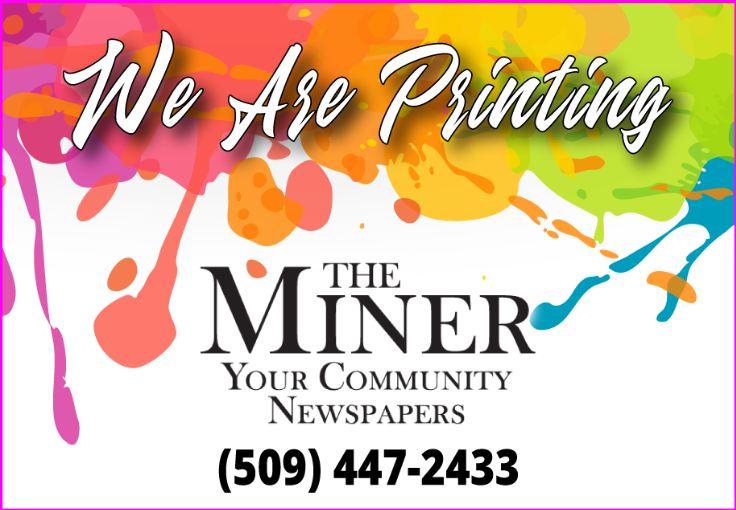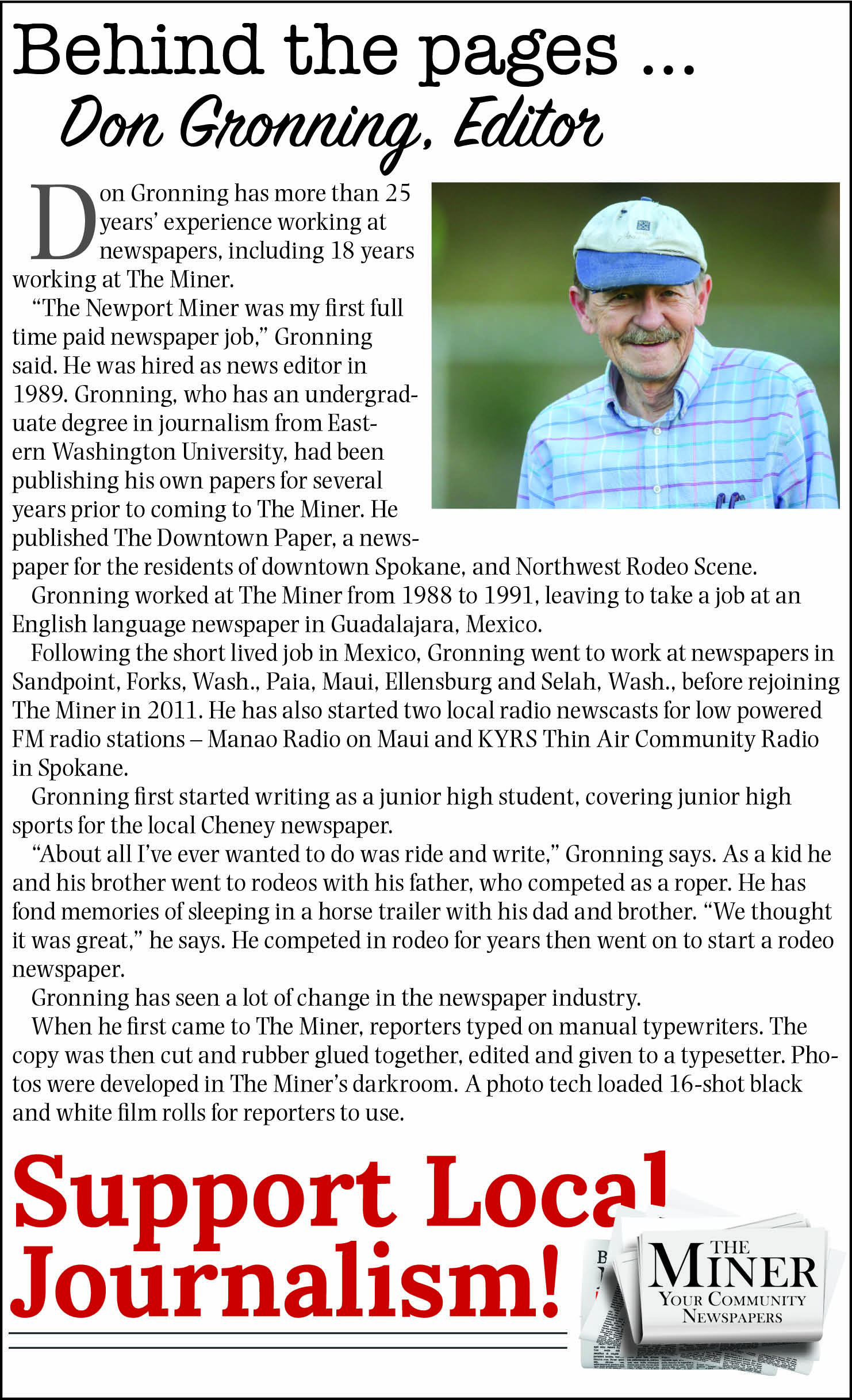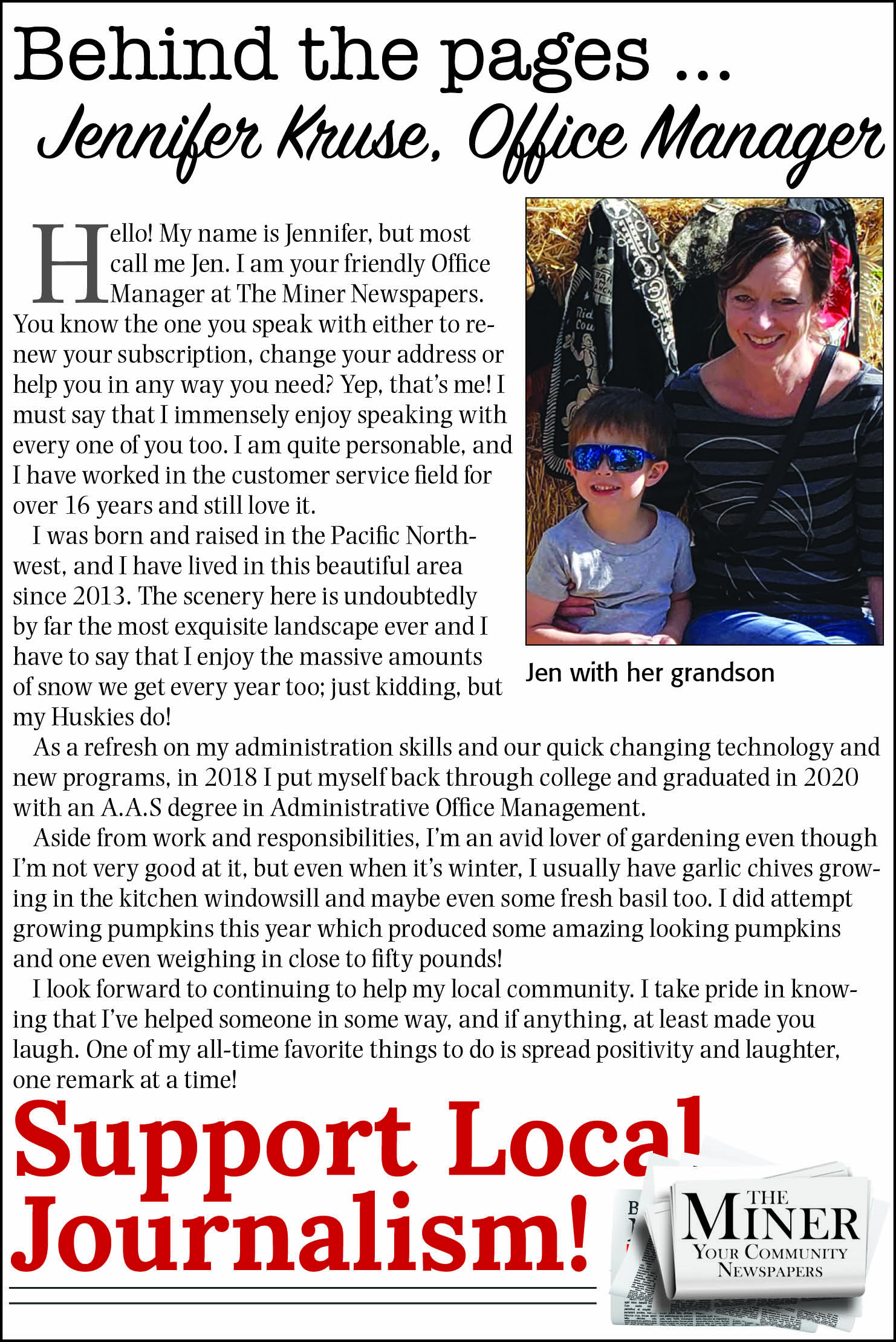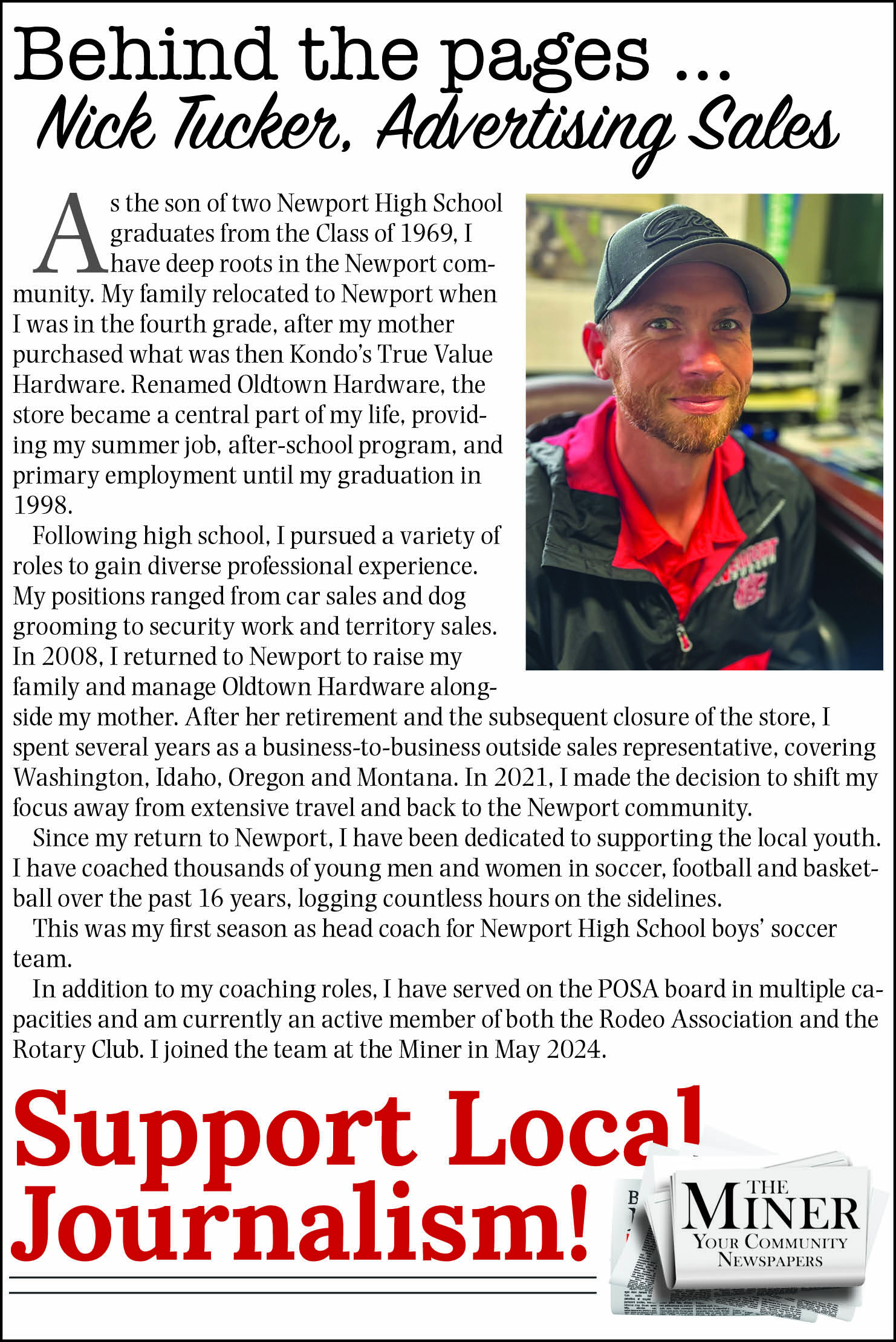As the temperature rises, so does our focus on hydration—but with it come plenty of myths that can mislead even the most health-conscious individuals. Now that we’ve already experienced a few days of 80+ degrees, it’s time to start thinking ahead to summer. Staying hydrated is essential for health, performance, and comfort, especially in the summer. However, knowing what not to believe can be just as important as knowing what to do. Here are the top five hydration myths to watch out for this summer.
Myth 1: You need to drink eight glasses of water a day—no matter what.
The “8x8 rule” (eight 8-ounce glasses per day) is one of the most persistent hydration myths. While it’s a simple guideline, it doesn’t account for body size, activity level, climate, or diet. The truth is that hydration needs vary widely from person to person. A better indicator? Listen to your body. Thirst, urine color (pale yellow is ideal), and activity level are more accurate cues than rigid numbers.
Myth 2: If you’re thirsty, you’re already dehydrated.
This phrase is often repeated, but it’s not entirely true. Thirst is your body’s built-in mechanism to prevent dehydration, not a sign that you’re already suffering from it. Feeling thirsty means it’s time to drink—not that you’ve failed. For most people with access to water and normal health, thirst is a reliable prompt to maintain adequate hydration.

Myth 3: Water is the only effective hydrator.
While water is a great choice, it’s not the only one. Many fruits and vegetables— like watermelon, cucumber, oranges, and strawberries—have high water content and contribute to hydration.
Even milk, herbal teas, and electrolyte drinks can be effective. Coffee and tea, despite their diuretic reputations, also count toward fluid intake for regular consumers.
Myth 4: Clear urine means you’re perfectly hydrated.
Although pale urine is generally a sign of good hydration, completely clear urine may indicate you’re overhydrated. Overhydration (or hyponatremia) is rare but potentially dangerous, especially if you’re drinking excessive water during endurance events without replenishing electrolytes. Aim for light yellow—not clear—urine and adjust your fluid intake based on activity and sweat loss.
Myth 5: Sports drinks are necessary in the summer heat.
Sports drinks can be helpful in specific situations, like after intense exercise lasting more than an hour or in extreme heat when you’re sweating heavily. But for the average person doing moderate activity in warm weather, they’re often unnecessary and full of added sugars. In most cases, water—paired with a balanced diet that includes natural electrolytes— is more than enough.
Krazy fact.
According to The New York Times/Fox News, the German brewery Krombacher sent more than 900 gallons of non-alcoholic beer to Pyeongchang’s Olympic Village in 2018, to be enjoyed by Team Germany. Germany’s Olympic ski team physician said almost all of the athletes under his care drink non-alcoholic beer during training to help recover and rehydrate.
Bottom Line Hydration is crucial, especially during hot summer months—but staying informed is just as important. Don’t fall for one-size-fits-all rules or marketing myths. Drink when you’re thirsty, eat hydrating foods, monitor your body’s cues, and remember that balance (not extremes) is key to staying healthy and well-hydrated all year long—winter and summer.
MICHAEL MARTIN JR. IS A RETIRED NAVY VETERAN, WORLD CHAMPION POWERLIFTER, AND PHD CANDIDATE IN PERFORMANCE PSYCHOLOGY.
.png)













